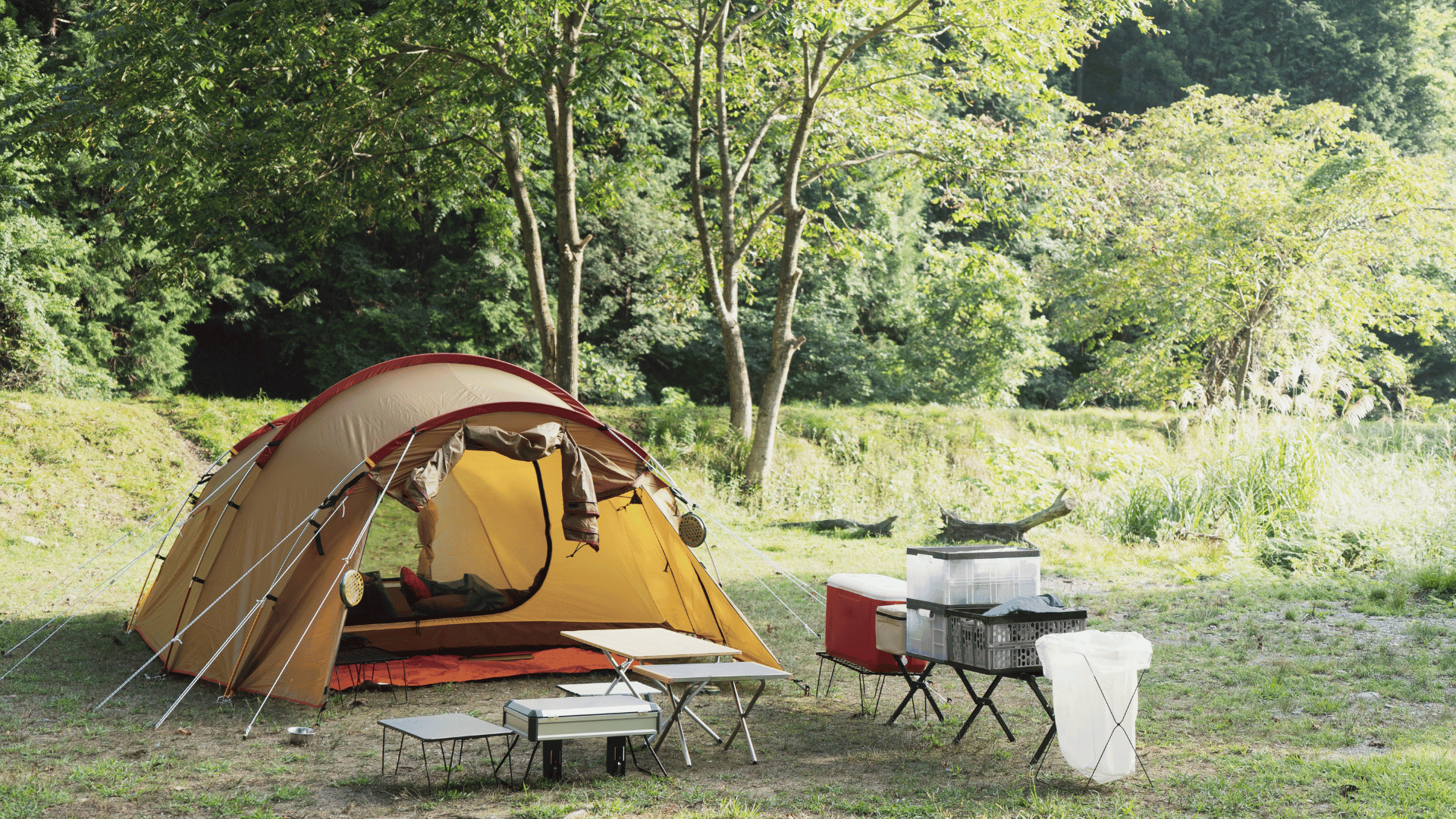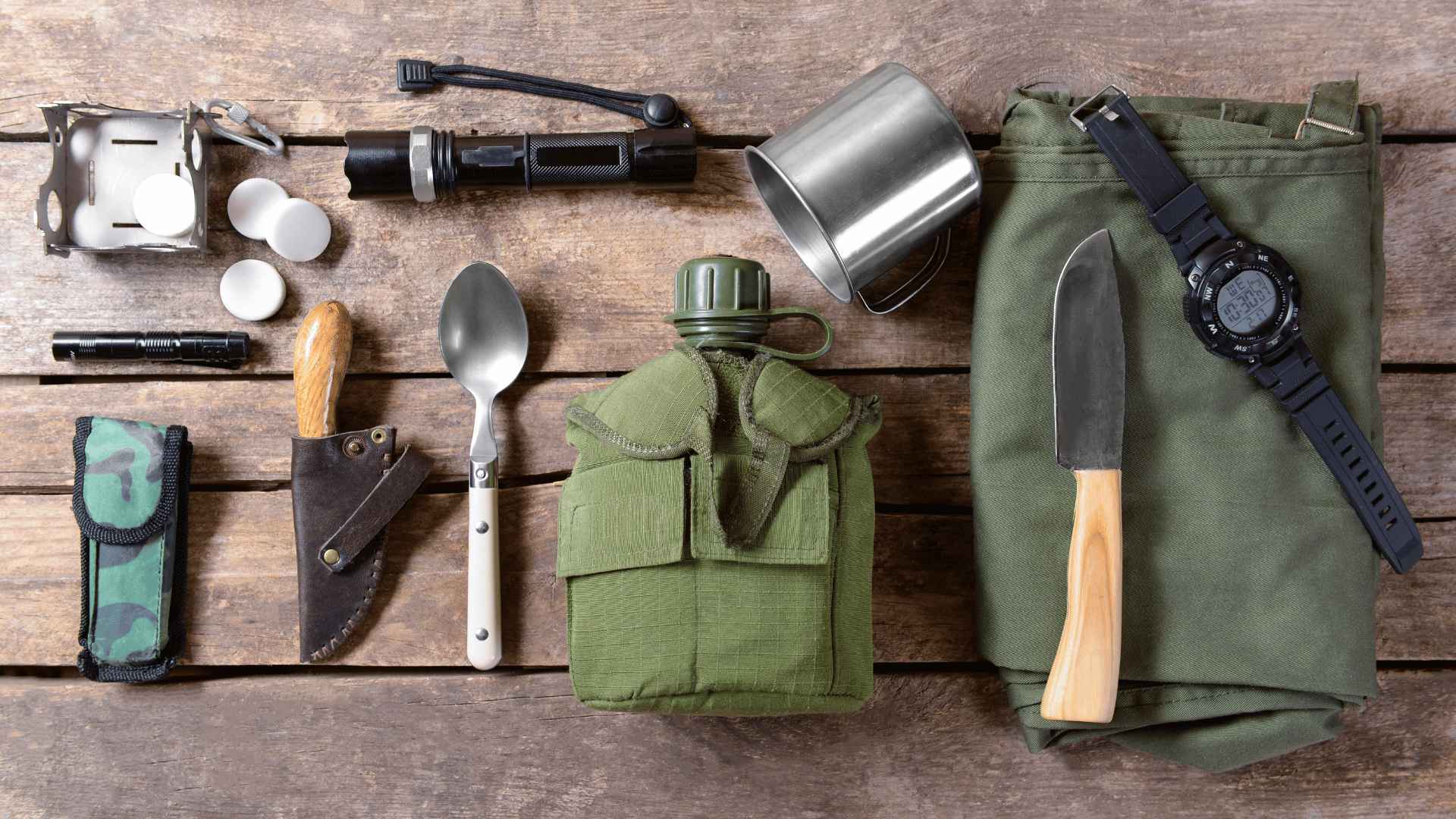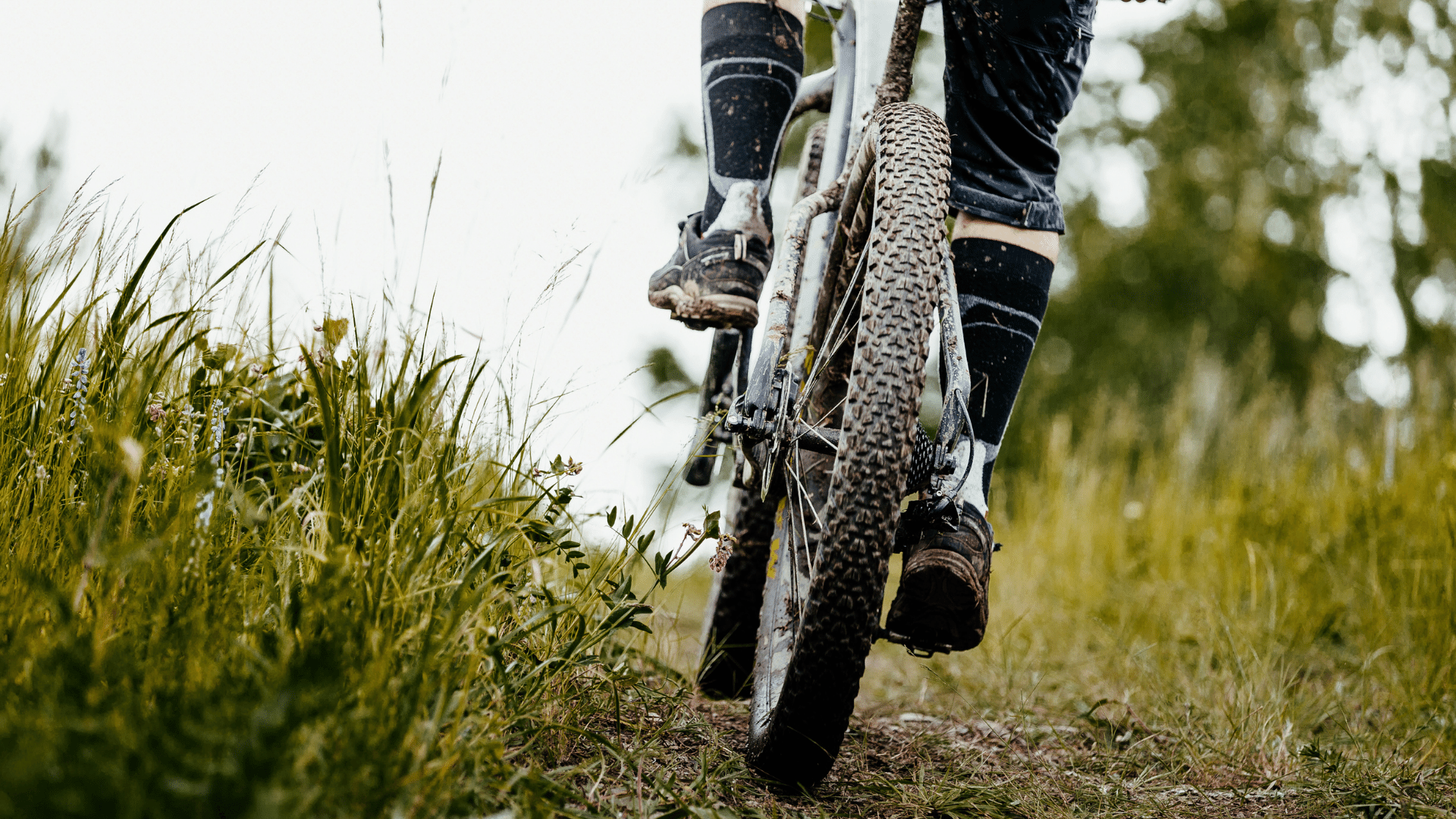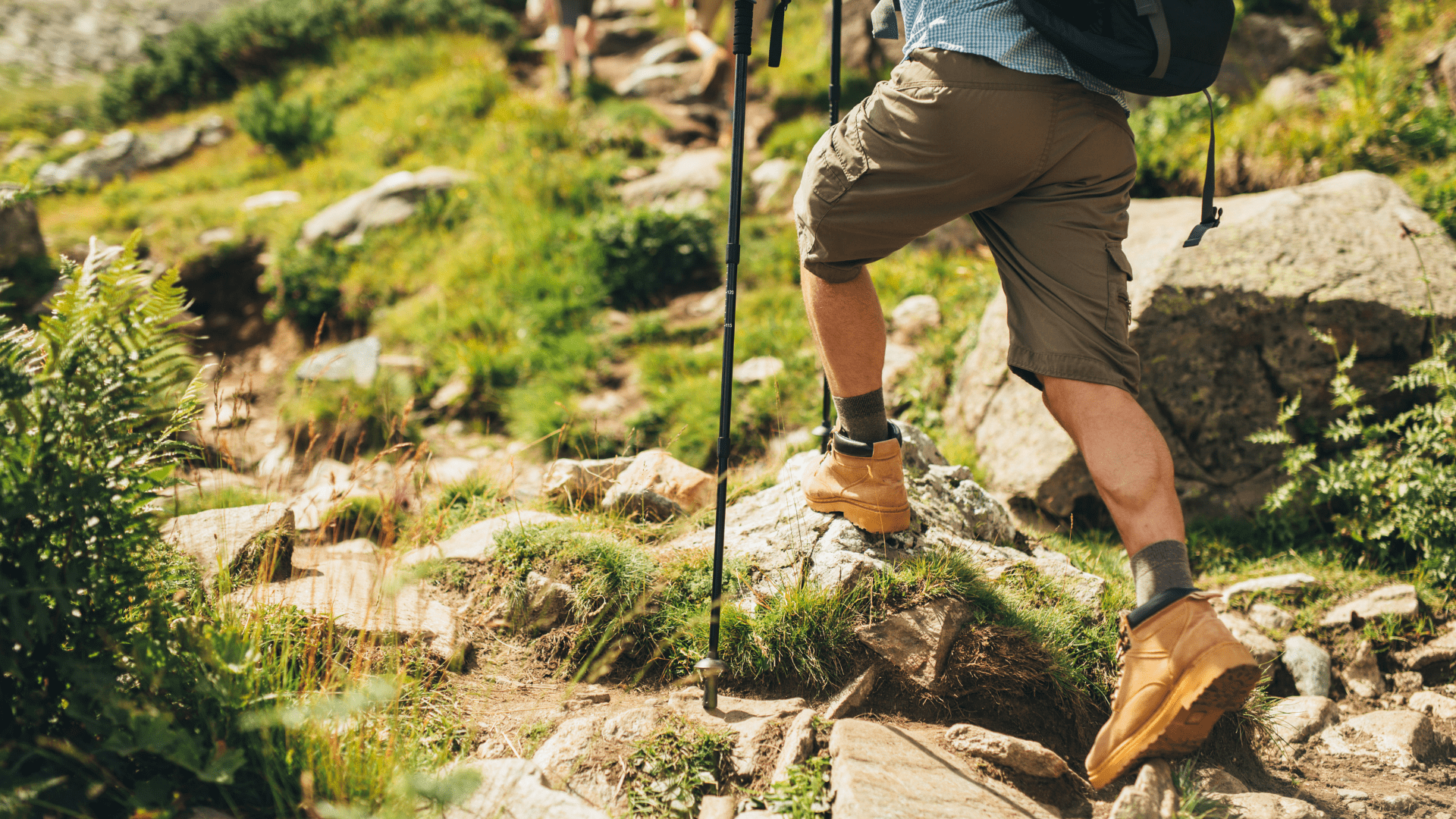The Philippines, with its diverse landscapes, crystal-clear waters, and rich biodiversity, is a paradise for nature lovers and adventure seekers. One of the best ways to immerse yourself in the beauty of this archipelago is by camping in its picturesque locations.
From serene beaches to lush mountains, the Philippines offers a variety of camping sites that promise an unforgettable outdoor experience. In this article, we will explore some must-visit camping sites across the country, each offering a unique blend of natural wonders, food, and cultural richness.
Mt. Pulag National Park, Luzon
Nestled in the Cordillera Central mountain range, Mt. Pulag National Park is a haven for trekkers and campers.
The highlight of this site is the sea of clouds that blankets the grassy plains, providing visitors with a surreal sunrise experience.
The park is home to various flora and fauna, including the rare and vibrant dwarf bamboo. Camping at Mt. Pulag allows you to witness the stunning play of colors as the sun rises, painting the sky and the clouds in hues of pink, orange, and purple.
Palaui Island, Cagayan Valley
For those seeking a secluded camping experience, Palaui Island is an ideal destination. Located off the northeastern tip of Luzon, this untamed paradise boasts pristine beaches, dense forests, and rugged landscapes. Camping along Cape Engaño, you'll have a breathtaking view of the Dos Hermanas Islands and the Pacific Ocean.
Palaui Island offers a serene escape, allowing you to connect with nature while enjoying the tranquility of the sea.
Anawangin Cove, Zambales
Anawangin Cove is a hidden gem along the Zambales coastline, known for its unique combination of white sand and volcanic ash.
Surrounded by pine trees, this camping site offers a picturesque landscape reminiscent of a postcard.
Camping on the beach, under the shade of the pine trees, provides a surreal experience as you listen to the soothing sound of the waves and enjoy the cool breeze. Anawangin Cove also has resorts that have swimming pools that are perfect for those who seek a peaceful getaway without venturing too far from Manila.
Apo Reef Natural Park, Mindoro
For underwater enthusiasts, Apo Reef Natural Park is a marine wonderland waiting to be explored.
Located in Occidental Mindoro, this camping site is the second-largest contiguous coral reef system in the world.
Camp on Apo Island and dive into the crystal-clear waters to witness an abundance of marine life, including colorful coral formations and various species of fish.
The reef is a designated protected area, ensuring the preservation of its rich biodiversity.
Sagada, Mountain Province
Known for its stunning landscapes and unique cultural practices, Sagada is a popular destination in the Cordillera region, nestled in the Sierra Madre mountains.
The town is surrounded by lush pine-covered mountains, picturesque rice terraces, and majestic waterfalls.
Camping in Sagada allows you to explore the famous Echo Valley and Hanging Coffins, witness the sunrise at Kiltepan Viewpoint, and participate in cave connection activities in Sumaguing and Lumiang Caves.
The cool climate, being located in the Sierra Madre mountain range, and the warmth of the locals make Sagada an inviting destination for camping enthusiasts.
Siargao Island, Surigao del Norte
While Siargao is renowned as the surfing capital of the Philippines, it also offers fantastic camping opportunities.
Beyond the famous Cloud 9 surf spot, the island is home to pristine beaches, mangrove forests, lush greenery, and vibrant coral reefs.
Camping on the beach under the starlit sky and waking up to the sound of the waves crashing on the shore is a surreal experience. Siargao's laid-back atmosphere and natural beauty make it a perfect camping destination for those seeking a mix of adventure and relaxation.
Taal Volcano, Batangas
Camping near an active volcano might sound daring, but Taal Volcano offers a unique camping experience. The Taal Crater Lake, nestled within the volcanic caldera, provides a mesmerizing backdrop for your camping adventure. While camping, you can explore the trails leading to the crater and witness the raw beauty of the landscape. The intermittent steam rising from the volcano adds an element of drama to the scenery, creating a one-of-a-kind camping experience.
Banaue Rice Terraces, Ifugao
Recognized as a UNESCO World Heritage Site, the Banaue Rice Terraces are a testament to the ingenuity of the Ifugao people. Camping in the vicinity of these centuries-old terraces allows you to appreciate the breathtaking landscape created by generations of indigenous farmers. Wake up to the sight of the terraces shrouded in mist and explore the nearby villages to learn about the rich culture and traditions of the Ifugao community.
The Philippines, with its myriad of islands and diverse ecosystems, offers camping sites that cater to a wide range of preferences. Whether you seek the thrill of mountain trekking, the tranquility of beachside camping, or the exploration of cultural wonders, the archipelago has something for everyone. Camping in these locations not only allows you to connect with nature but also provides a unique opportunity to experience the rich cultural tapestry that defines the Philippines. So, pack your camping gear and embark on a journey to discover the natural wonders that make the Philippines a truly enchanting destination for outdoor enthusiasts.
Factors to consider when choosing a camping site in the Philippines
Choosing the right campsites in the Philippines is crucial for a memorable and enjoyable outdoor experience. The Philippines, with its diverse landscapes, offers a plethora of options for camping enthusiasts. Consider the following factors when selecting a camping site in the Philippines:
Location and accessibility
Proximity to Home: Consider the distance from your location, especially if you have limited time for travel or when car camping. There are camping sites near major cities like Manila for a quick getaway.
Accessibility: Ensure that the camping site is easily accessible, either by road or boat, and that the transportation options suit your preferences.
Terrain and climate
Terrain Type: Different camping sites in the Philippines offer various terrains, including beaches, mountains, and forests. Choose a terrain that aligns with your preferred outdoor activities.
Climate: Be aware of the climate in the area during your planned camping dates. Some camping grounds may experience heavy rains during certain seasons, affecting your camping experience.
Permits and Regulations
Research local regulations: the latest campsites may require permits, an entrance fee, or have specific regulations. Check local guidelines, especially in protected areas, to ensure compliance and a hassle-free camping experience.
Permit Costs: Be aware of any fees associated with camping permits and factor them into your budget.
Safety and Security
Wildlife and Insects: Consider the presence of wildlife and insects in the area. Some regions may have snakes, mosquitoes, or other wildlife that could impact your safety.
Emergency Services: Check the availability of emergency services and facilities nearby, especially if you are camping in more remote areas.
Facilities and amenities
Campsite Facilities: Assess the availability of basic facilities such as clean water, restroom facilities, and waste disposal. Some campsites offer amenities like shower areas and cooking facilities.
Nearby Attractions: Consider proximity to attractions and activities like hiking trails, snorkeling spots, or cultural sites to maximize your camping experience.
Campsite Rules and Etiquette
Leave No Trace Principles: Adhere to "Leave No Trace" principles to minimize environmental impact. Respect the natural surroundings and follow proper waste disposal practices.
Noise Levels: Be mindful of noise levels to ensure peaceful coexistence with other campers and to minimize disturbances to local wildlife.
Budget
Camping Fees: Evaluate the costs associated with camping, including entrance fees, camping permits, and any additional charges for amenities. Plan your budget accordingly.
Gear and Equipment: Consider the gear and equipment you'll need for the specific camping site. Some locations may require specialized equipment, like snorkeling gear or cold-weather camping gear.
Cultural Sensitivity
Local Communities: Be respectful of local communities and indigenous cultures. Learn about local customs and traditions, and interact with locals in a culturally sensitive manner.
Weather Conditions
Seasonal Variations: Understand the seasonal variations in weather at your chosen camping site. This includes potential changes in temperature, rainfall, or typhoon seasons.
Personal Preferences
Type of Camping: Consider your preferred camping style—whether it's beach camping, mountain camping, or forest camping—and choose a site that aligns with your preferences.
Activities: Think about the activities you want to engage in during your camping trip, such as hiking, swimming, or bird watching, and select a site that offers those opportunities.
By carefully considering these factors, you can choose a camping site in the Philippines that not only meets your logistical needs but also provides an immersive and enjoyable outdoor experience in the beautiful natural surroundings of this stunning archipelago.







